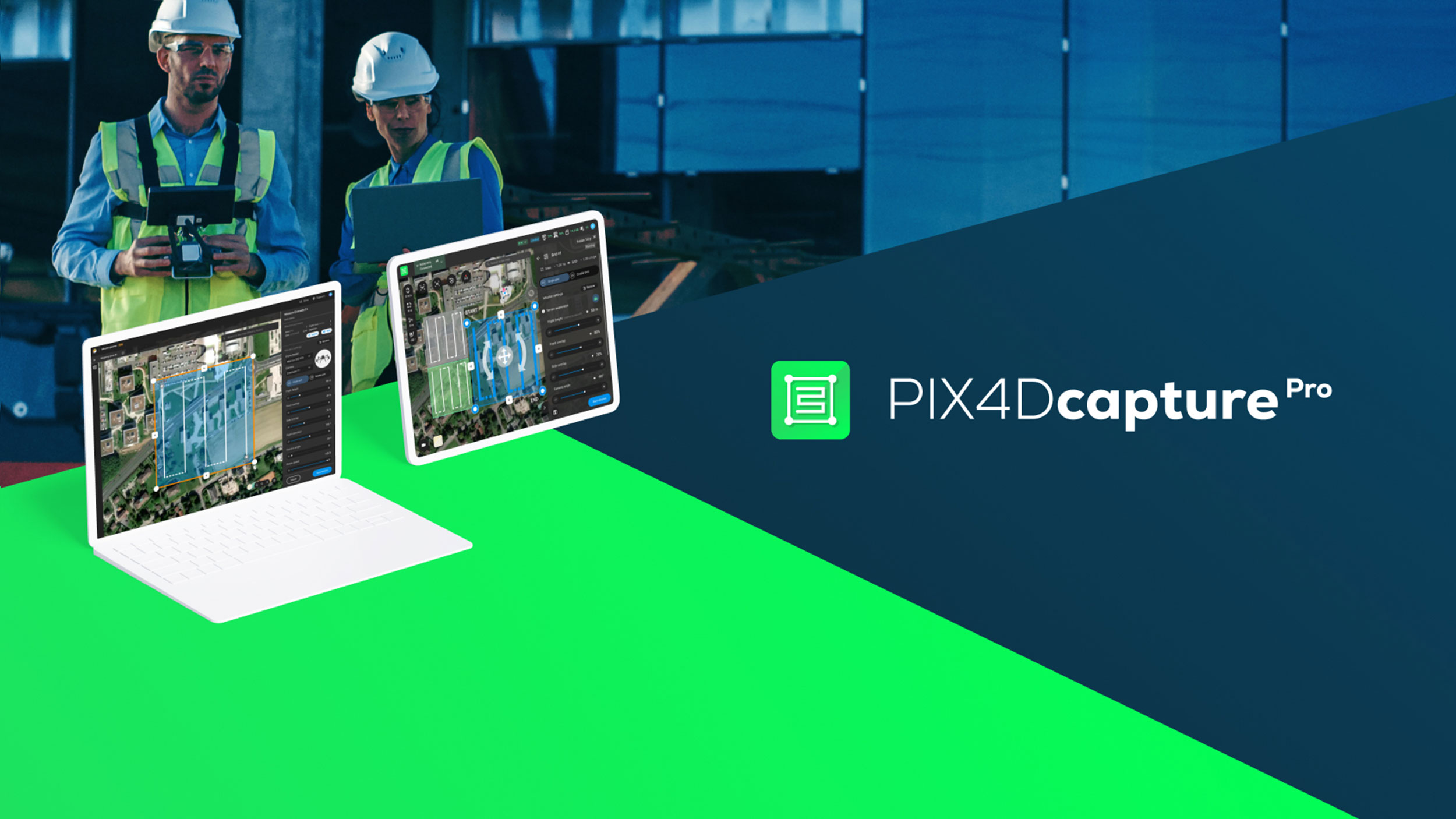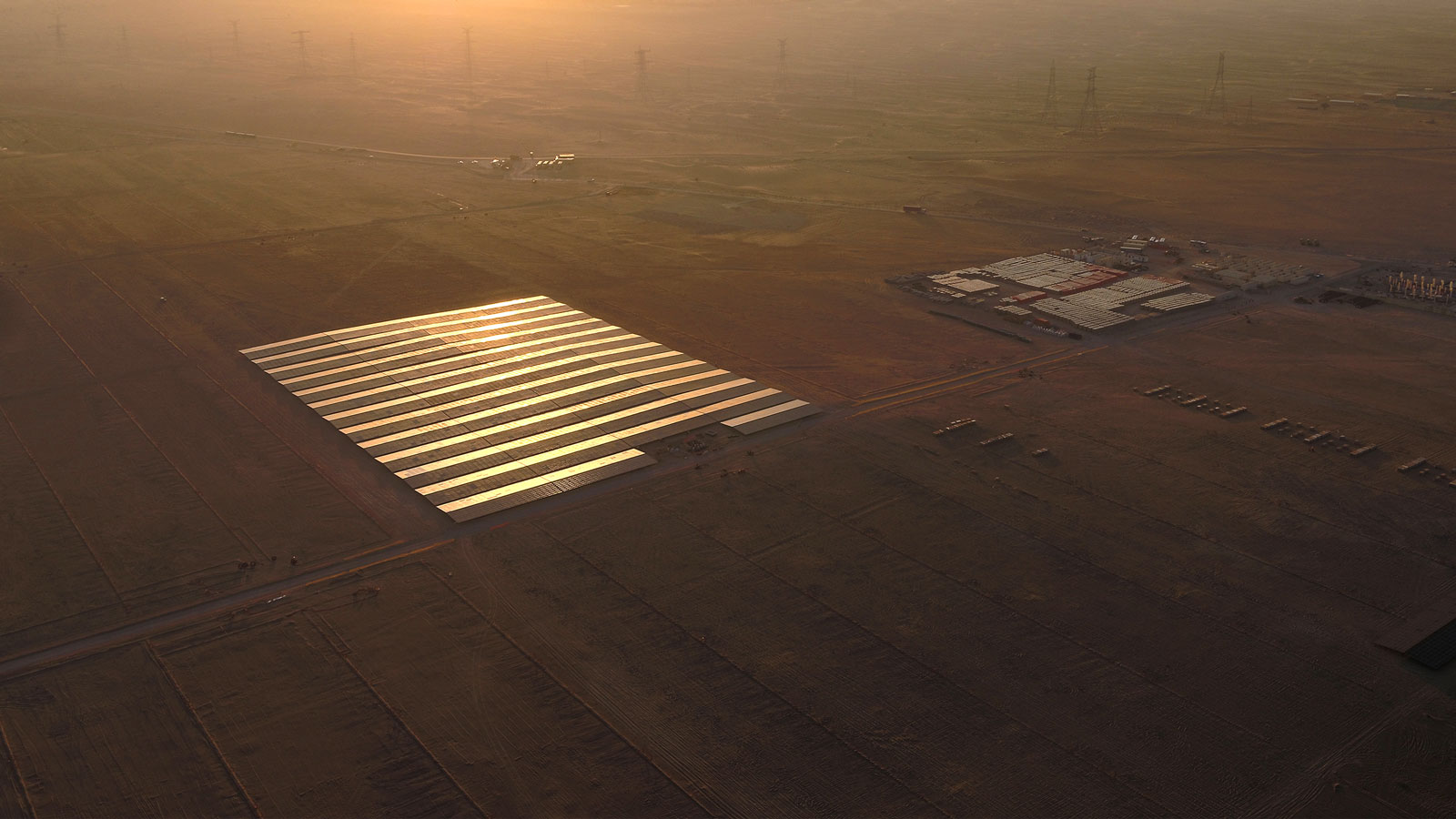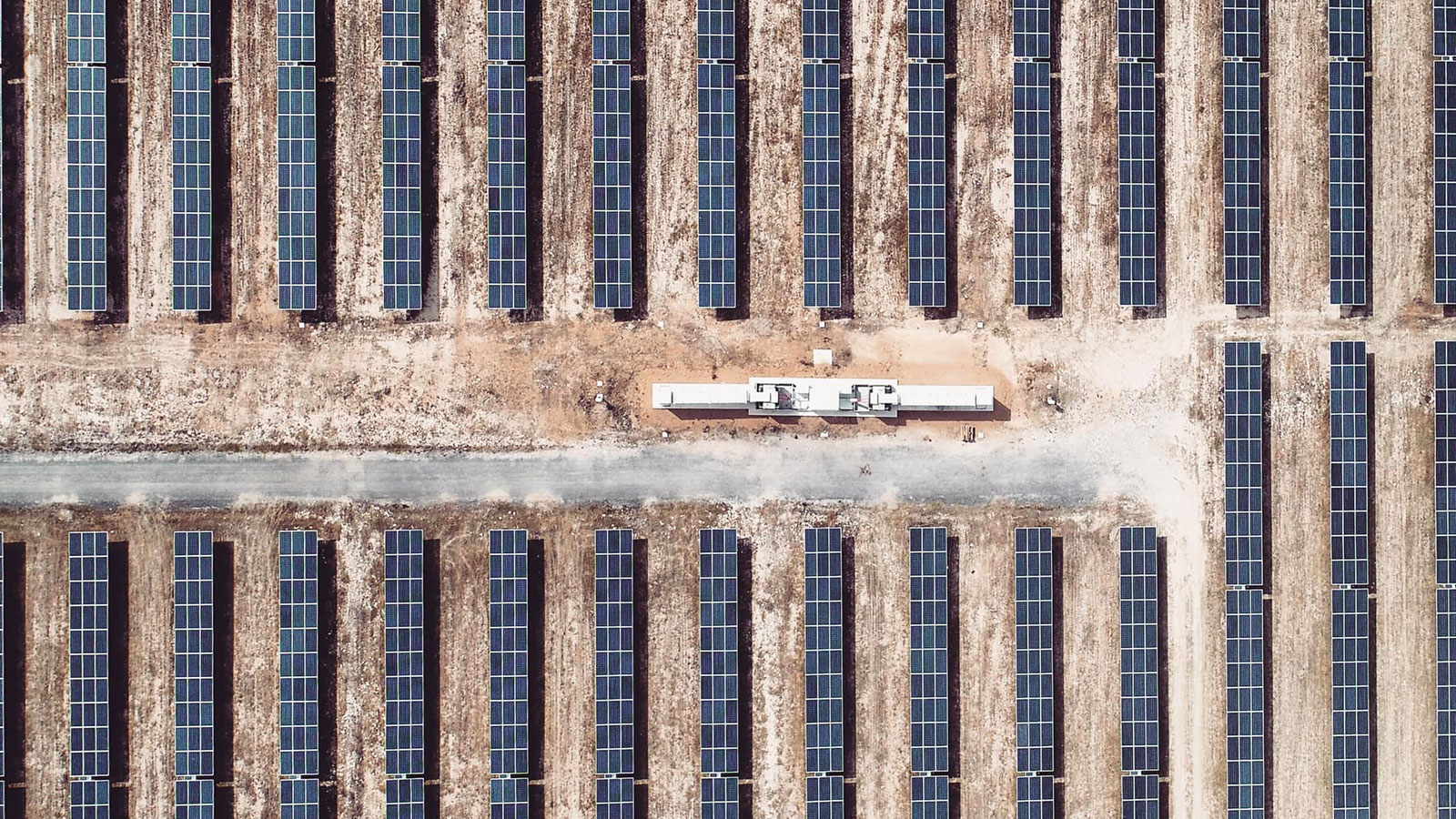High-altitude utility inspection with drones and Pix4D
National Grid is one of the largest investor-owned utilities globally, powering millions of homes and businesses across the Northeastern U.S. and the UK. Pix4D interviewed Timothy Massi, Principal Land Surveyor with National Grid, New York. Timothy and his team are responsible for maintaining essential electric and gas infrastructure across the state.
We interviewed Timothy about his team's critical work with high-altitude inspection—some featuring exhaust stacks over 600 feet tall.
Timothy discusses how Pix4D and drone technology vastly improve this difficult task.

Tell us about your work?
Well, one of our recent initiatives focused on improving how we inspect the exhaust stacks at infrastructure sites, some of which reach over 600 feet in height.
Across three generation sites, we have eight stacks that require regular structural inspections. These towers are exposed to harsh conditions, lightning strikes, high winds, and even seismic activity. Traditionally, inspections have been manned, involving personnel in harnesses climbing the stacks. These inspections are required multiple times per decade and come with significant safety risks and operational costs.
To improve this process, we developed a drone-based workflow that captures high-resolution imagery of each stack. This allows engineers to assess structural conditions such as cracks, corrosion, and lightning damage without needing to send someone up the tower. It’s safer, faster, and more cost-effective.
How have drones helped with high-utility stack inspection?
This workflow gives our engineering teams timely insight into the condition of each stack. Instead of waiting years between inspections, we can now fly the stacks annually or immediately following events like storms or earthquakes. One engineer summed it up well: “It lets us sleep at night.”
Beyond safety and speed, the ability to view a full 3D model of the stack and see exactly where each photo was taken has been a game-changer. It’s added context that was never available before. In one case, we discovered an osprey nest built into the catwalks of a tower. Now, instead of sending someone out to investigate, we’re having informed conversations in the office about how to handle it with full visual clarity.
Can you tell us a bit more about your technology stack?
We’re using the Skydio X10 drone for flights, processing the imagery with PIX4Dmatic, and hosting the final models on PIX4Dcloud. This setup allows us to deliver interactive inspection tools directly to our clients. They can explore the model, zoom in on areas of concern, and make decisions without needing specialized software.
In Phase 2, we’ve started experimenting with Gaussian splatting and textured mesh modeling. The results have been stunning. The models are visually rich and highly accurate even on smaller assets like above-ground manholes.

Engineers have described the output as “unbelievable.” That said, we’re keeping an eye on the resource demands of Gaussian splatting. It’s powerful, but it takes a lot to do it right.
Standardizing a long-term stack inspection process
This project wasn’t just a one-off test; it was about laying the groundwork for a long-term inspection program. The initial phase focused on proving whether drone-based inspections could be done safely, accurately, and consistently. We’ve shown that yes, they absolutely can.

Now we’re moving into program development, defining what the annual workflow looks like, how to standardize it, and how to optimize things like ground sampling distance (GSD) to ensure the imagery is useful for engineering analysis. It’s not just research anymore; it’s about building a repeatable, scalable process.
What time and cost reduction was achieved by shifting the 600-foot inspection workflow to drones and software?"
The impact has been significant both financially and operationally.
Cost and time savings: We’ve seen a major reduction in inspection costs. What used to take days of manual labor at each tower with all the safety gear, lift equipment, and downtime can now be done in a fraction of the time using drones and Pix4D. The difference is measurable and meaningful.
Data sharing and collaboration: One of the biggest wins has been shifting from individual judgment to shared, data-driven understanding. Instead of relying on one person’s notes or memory, we now have visual records and models that the whole team can reference. For example, one stack showed that every lightning arrestor had been hit something we wouldn’t have caught until the next scheduled inspection, possibly 18–24 months later. That kind of insight is invaluable.
Project details
| Location | New York, USA |
| User | National Grid |
| Software | PIX4Dmatic, PIX4Dcloud |
| Drone | Skydio X10 |
| Processor | Processor Intel Core i7 (14th Gen, 28 Threads) |
| GPU/Graphics | NVIDIA GeForce RTX 4070 SUPER |
| RAM/Memory | 32 GB |
| Operating System | Windows 11 |
| Image CRS | WGS 84 - EPSG:4326 |
| GSD | 0.043 ft (1.3 cm /PX) |
| Processing time | 32 minutes |
Why did you choose Pix4D?
Pix4D was the right fit for this workflow. It gave us the tools to process drone imagery into usable models quickly and reliably. The ability to generate textured meshes and now even Gaussian splatting models has taken things to another level.
We’ve compared manual inspection costs to drone-based workflows using Pix4D, and the savings are clear. For example, when we can avoid a manual inspection and replace it with a drone flight and Pix4D processing cutting labor, equipment, and downtime significantly.
How do you find the new georeferenced Gaussian splatting output in Pix4D?
The team has been genuinely impressed with what Pix4D enables. The models are not just functional, they’re beautiful. Engineers have been blown away by the clarity and context. Being able to click on a model, see exactly where a photo was taken, and have a conversation in the office about what to do, that’s a huge leap forward.
“The ability to visualize the stack in full 3D and pinpoint inspection photos has completely changed how we approach asset management. It’s not just data, it’s clarity." - Timothy Massi, Principal Land Surveyor, National Grid, New York



